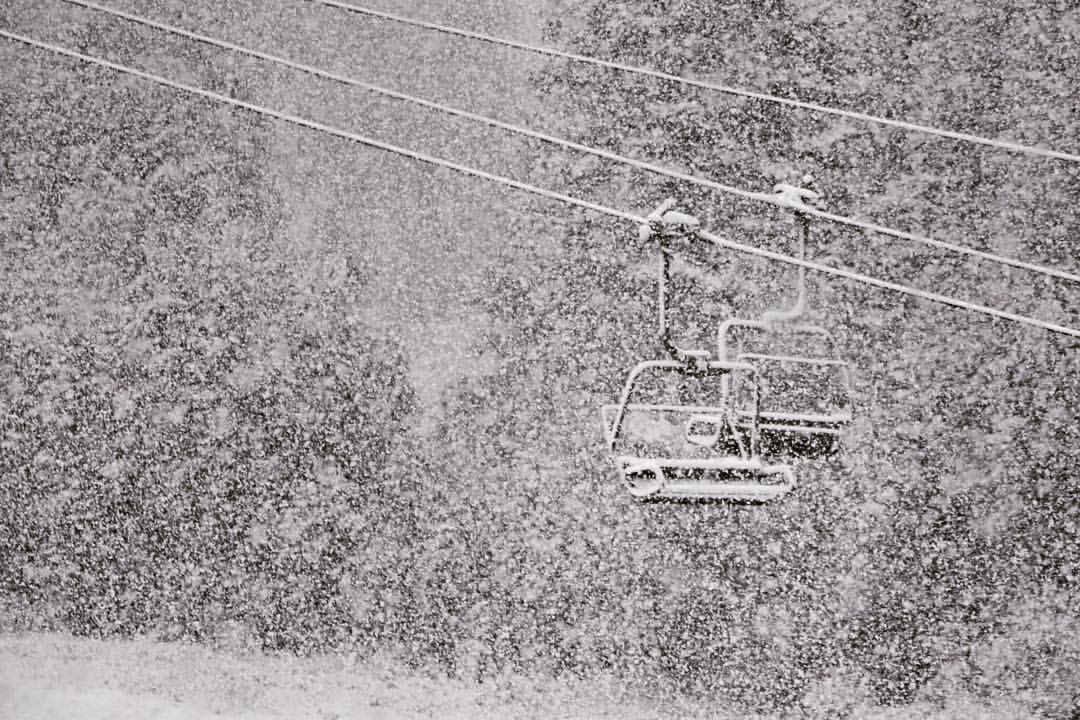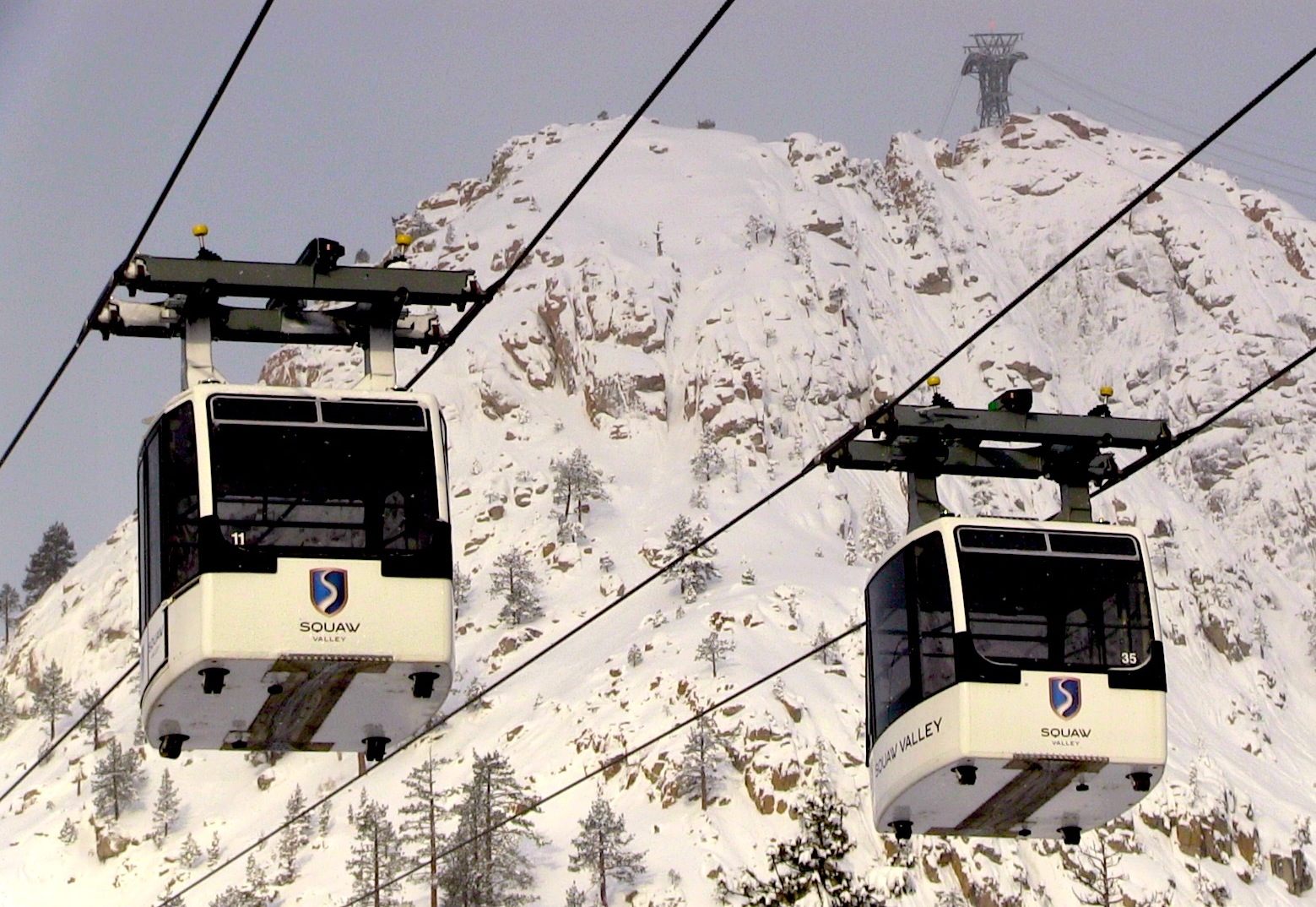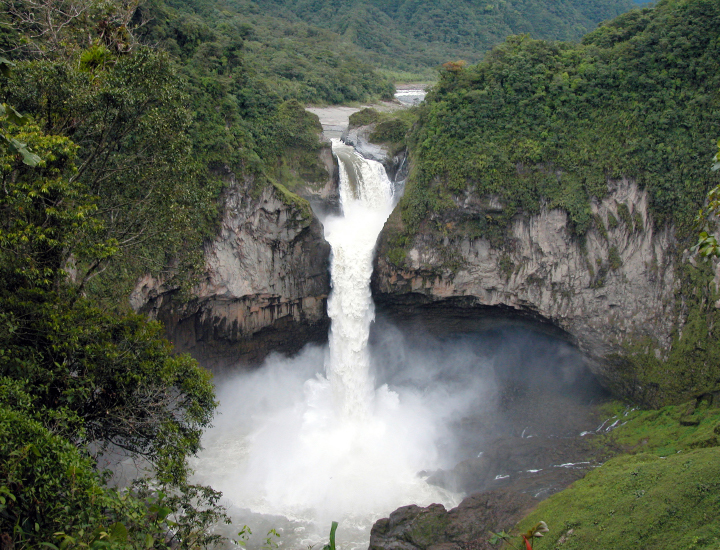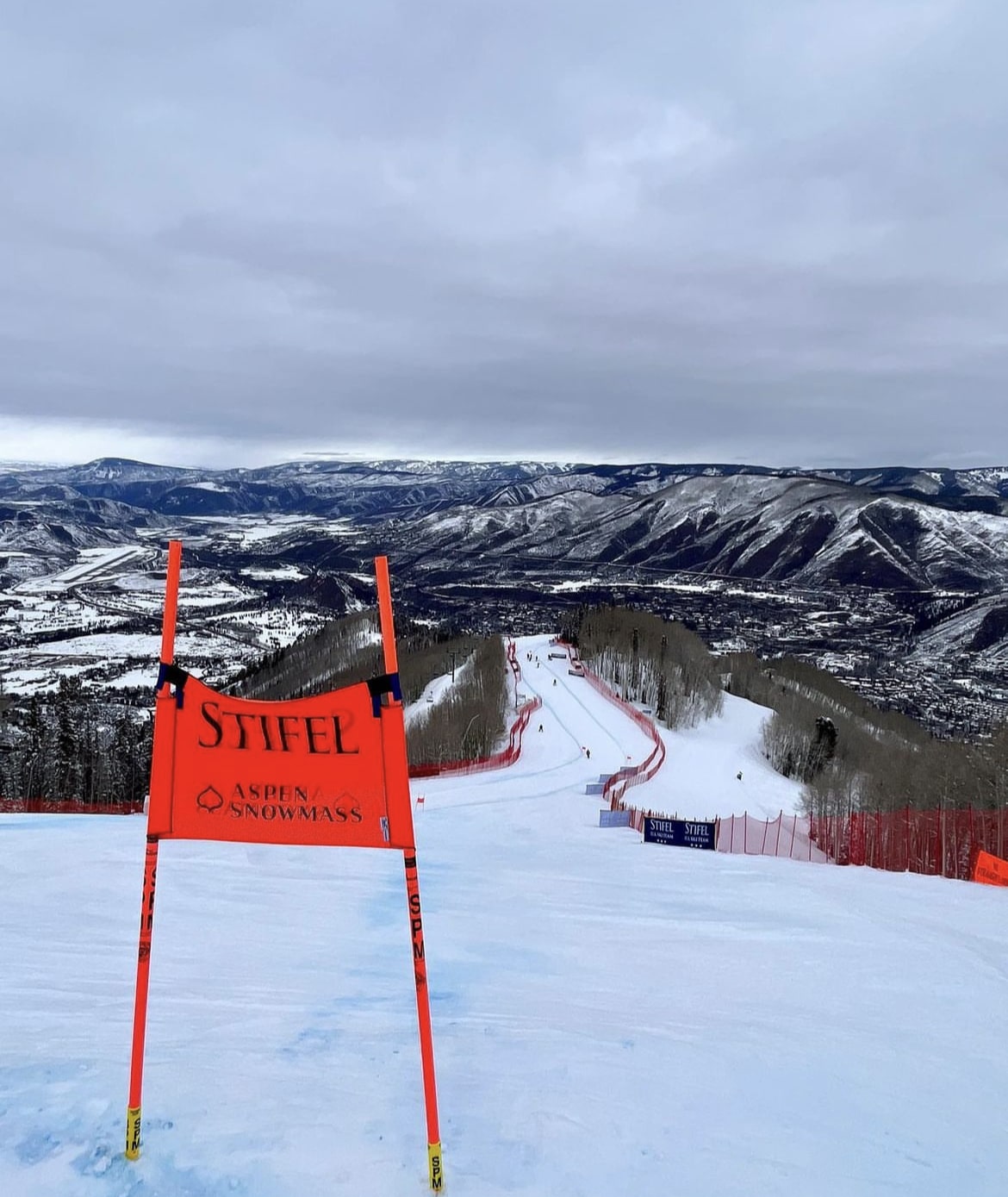
According to POW (Protect Our Winters) about 88% of ski resorts in the United States rely on snowmaking each season. Resorts will make snow to accumulate a base to open earlier, stay open later, or compensate to build features like halfpipes for competitions. Some resorts, like those in the Mid-Atlantic region, rely on snowmaking to have a season at all. POW determined that without manmade snow, the ski industry would suffer a loss of $1.07 billion per season. Ed Galford, Vice President of Operations at West Virginia’s Snowshoe Mountain, made this comment about snowmaking: “Without snowmaking, Snowshoe doesn’t exist. Every ski resort in the Mid-Atlantic can say that. You get a rainstorm at Christmas and you’re bankrupt no matter where you’re located.”
A diminishing snowpack due to climate change is one of the culprits behind the industries reliance on the synthetic stuff. The Rocky Mountains have lost 20% of their spring snowpack, and POW estimates that by 2100, resorts will be diminished to a fraction of their size, leaving only one quarter terrain at places like Aspen. Which only ensures that snowmaking will continue to be an utter reliance of skiing and snowboarding themselves.
Since we will see a lot of guns blowing, we should understand how they work and at what cost they come to resorts and the environment.

Meteorologist Joel Gratz describes 6 essential tools and conditions to make snow: enormous amounts of water, pumping capacity, sustained wet bulb temperature (a calculation of temperature and humidity) of 28 degrees, the need to make snow, automated computer systems, and a lot of money. Once all of those are in place, the resort uses either an air-water gun or an airless gun to get the snow on the slopes. Guns that use air compression work better for warmer resorts because they generate more expansion cooling that its sister system. These systems are also cheaper to install at $5-6,000 (according to EMS Environmental), but require massive amounts of energy to run. Their counterparts, the air-less gun or snow cannons, have higher initial costs ($28,000-$50,000 a piece), but ultimately use less energy, and therefore cost less money to operate.
Because resorts use different combinations of equipment and have different snow making needs, it is hard to pinpoint a price-range. ESPN estimates that resorts spend somewhere between $500,000 and $3.5 million a season. Gratz found that it costs between $1000-2000 to cover one acre with 12 inches of snow. The largest costs associated with snowmaking is labor and electricity.
Resorts that have computer systems in place to help manage their snowmaking are more cost and energy efficient. Using computers “can save in labor costs up to 30%,” Gratz explains. Computer systems allow operators to see the optimal setting of each gun across the mountain to ensure that the gun only blows at the correct outside temperature and humidity. Sophisticated systems will automatically start or stop according to conditions and adjust the water and air ratios as needed.

Then there’s the environmental expense. Most resorts claim that their water sheds are unaffected by snowmaking. John Sherwood, DCSki Columnist, reported that “Maryland’s Wisp Resort can draw from the 16-mile long Deep Creek Lake -; offering an endless supply of water. The amount of water used by most area resorts over the course of an entire season usually doesn’t affect the watershed much.” While most this is true – the Eastern United States is blessed with ample water and about 80% of water used for snowmaking is returned to its stream, watershed, or lake – snowmaking is still met with consequence.
Residents of a New Mexico community have to share water rights to the Rio Pueblo with local resort Sipapu. One resident, Karen Cohen, pled to the New Mexico Office of the State Engineer: “It is unjust and unfair to ask downstream acequia [ditch] communities to absorb massive increases in water withdrawals to compensate Sipapu for a changing climate, when we are already straining locally to cope with those changing conditions.” This mirrors complaints I’ve heard from local Californian farmers. Though 80% of water used for snowmaking usually ends up back at its source, it means that the environment must do without while the snow stays on the hill. Farmers suffer from a lower crop yield and less income, while residents are forced to make do with increased water restrictions. This also means an expense of local animals and plants who need that water to survive. “Some states like Colorado have established systems where they try to ensure there is enough water in the river to support a healthy watershed,” Jakob Schiller explains in an article about snowmaking. “But that system is easily trumped if ski areas have senior water rights, which means they have first shot at the water and can use however much they’ve purchased, even if it forces the river below those minimums.”

Though the effects of snowmaking are economically and environmentally challenging, new technologies and sustainable promises are helping alleviate them. Resorts are ditching antiquated systems and installing systems that work with automated technology. Boreal just finished the largest on-site solar installation in California in September. The solar energy is enough to power 30 homes and will offset more than 250 tons of carbon emissions each year. Members of the National Ski Areas Association are asked to commit themselves to a program called Sustainable Slopes. The program provides “an overarching framework for ski areas on sustainability and enhanced environmental performance.” Through the Sustainable Slopes’ encouragement of efficient snowmaking practices, participating resorts in 2015 reduced an average of 5,588 metric tons of carbon dioxide.





Just because you can type does not mean that you have anything insightful to add to the discussion.
>A diminishing snowpack due to climate change is one of the culprits behind the industries reliance on the synthetic stuff.
This is nonsense. Rugers Snow Lab uses satellites to track North American snow extent, the amt of land covered by snow. Their data shows fall and winter snow extent has somewhat increased over the past 50 years. Now this data does not show snow depth – but if you believe in “global warming theory” then the heated atmosphere should hold more moisture resulting in more snowfall. I can’t find any indications from ski resort snowfall records that yearly snowfall has decreased.
So, according to Rutger, Fall Snow Extent has dramatically increased over 50 years, esp the past 5. This means there is a base and snowmaking has to add to it. Most resorts stop making snow in the winter because the base is set and they can rely on winter snowfall.
Yes. The data (if we can believe it, probably yes), shows NA snow extent to have decreased less than 10% over the past 50 years. Spring is March-May. Ski resort visits dramatically decrease after 4/1 and many resorts close even with decent condition. Are you telling me that resorts are making snow in April/May?
https://climate.rutgers.edu/snowcover/chart_seasonal.php?ui_set=nhland&ui_season=2
Global warming has been going on for 10,000 years now. Mankind has nothing to do with it. The science is not settled. I’m so tired of the doom and gloom forecasts of people who have done no study of the history of climate. Climate is over a time frame of thousands of years not 50 years. Our sport is more at risk from environmentalists than global warming.
That is a fact I pulled from Protect Our Winters, you can find it about three-quarters down this page: https://protectourwinters.org/climate-science-and-solutions/
What it says is that the spring snowpack has diminished by 20% in the Rocky Mountains, 1,000,000 (that’s ONE MILLION) square miles of spring snow cover lost in the Northern Hemisphere in the last 45 years, and 88% of resorts that RELY on snowmaking every season.
In the link you provided, it looks like snowpack is diminishing?
Just because it still snows doesn’t mean that everything is okay. Just because we still have weather doesn’t mean that our carbon emissions aren’t damaging our Earth.
So, yes. I do believe that resorts rely on making snow in the spring time.